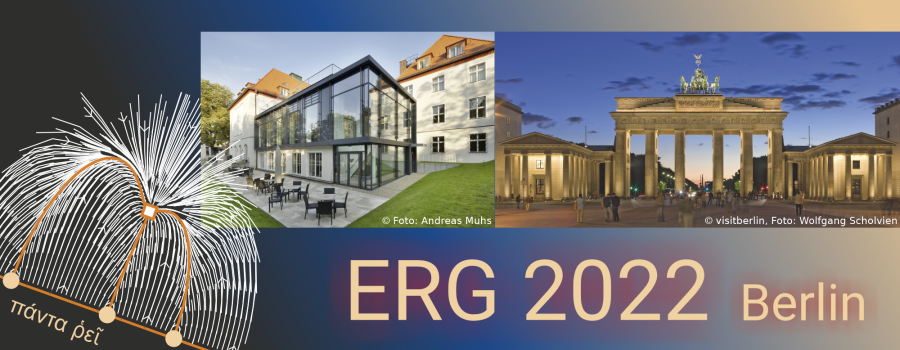Speaker
Description
The functional renormalization group is a powerful tool to analyze many-body instabilities in strongly-correlated electron systems. In a simple but handy truncation scheme, i.e. the level-two truncation, it resolves the RG evolution of the two-particle interaction vertex. Thereby it manages to detect the leading instability of the electron system while taking into account all competing interaction channels on equal footing. The truncated unity (TU) variant of the channel decomposed FRG scheme facilitates to decrease the numerical effort of such calculations considerably. Compared to cubic scaling in the conventional patching scheme, it has the advantage of linear scaling in the number of considered exchange momenta. In our work, we put forward a numerically efficient implementation of the TU-FRG and apply it to minimal models for the newly discovered correlated moiré materials. We carefully explore the numerical convergence of our scheme in form factors and momentum resolution to provide the basis for future applications of realistic models of correlated moiré materials.

